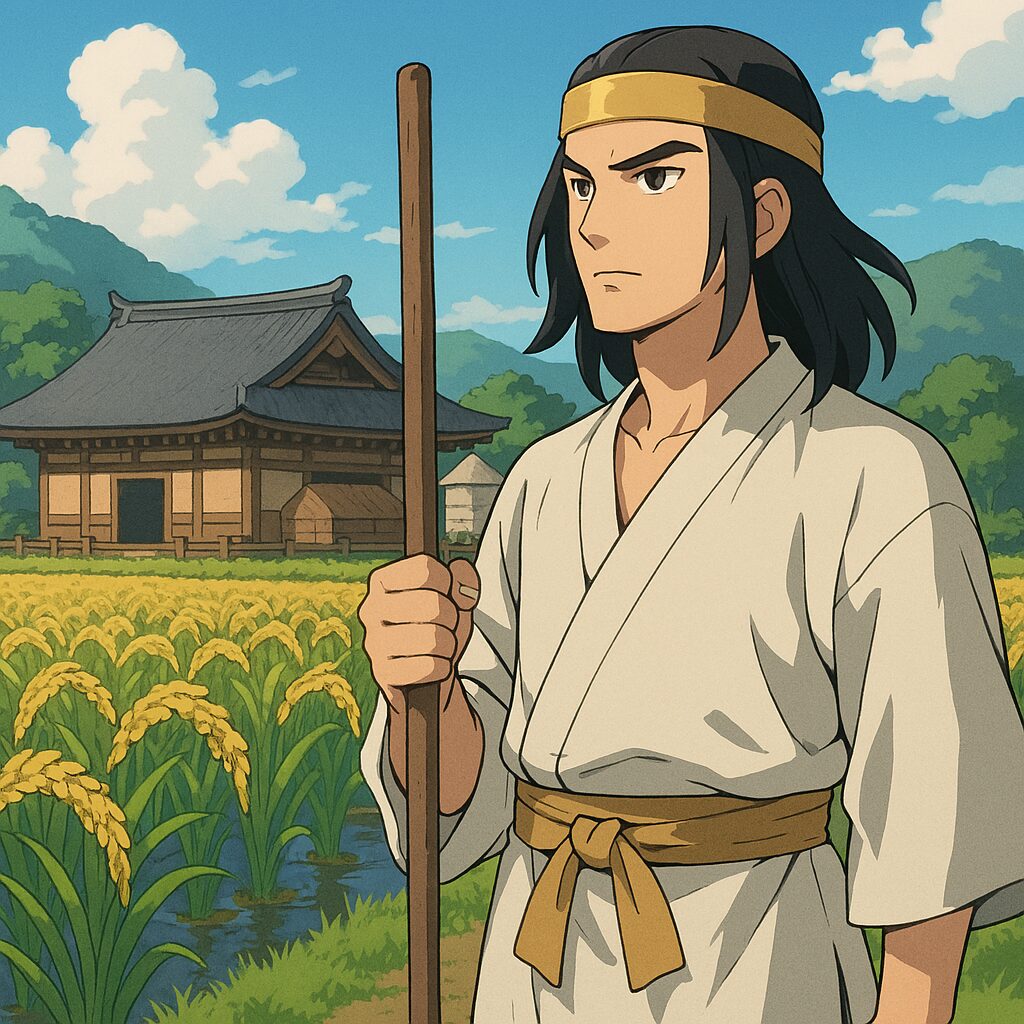- Introduction: A Country That Lives with Nature’s Fury
- The Birth of a Nation: Emperor Jimmu and the Philosophy of Unity
- What “Miyako” Really Means: A Roof, a Granary, and a Promise
- Mutual Aid in Modern Japan: A Legacy That Lives On
- Beyond Duality: Harmony as a Political and Cultural Force
- Conclusion: Wisdom Born of Adversity
Introduction: A Country That Lives with Nature’s Fury
Japan is one of the most disaster-prone countries in the world. Earthquakes, typhoons, tsunamis, and volcanic eruptions are part of its natural rhythm. Yet, rather than succumbing to fear or chaos, the Japanese people have cultivated a culture of resilience—one rooted in cooperation, empathy, and preparedness.
This spirit of mutual aid is not just a modern social virtue. It’s embedded in the very foundation of Japan’s national identity.
The Birth of a Nation: Emperor Jimmu and the Philosophy of Unity
According to Japanese mythology, the nation was founded 2,685 years ago in February, when Emperor Jimmu established the Yamato state in present-day Nara. He introduced the concept of 八紘一宇 (Hakkō Ichiu)—“Eight Corners of the World Under One Roof.” This philosophy envisioned all people in Japan as one family living under a shared roof, bound by mutual support and collective responsibility.
Emperor Jimmu didn’t just preach unity—he built it. Through rice cultivation, he laid the groundwork for a society that could withstand natural disasters. Rice wasn’t just food; it was a strategic resource. It could be stored, transported, and distributed in times of crisis, making it a cornerstone of national resilience.
What “Miyako” Really Means: A Roof, a Granary, and a Promise
In Japanese, the word for capital city is 都 (Miyako). Its etymology reveals a profound cultural insight:
- Mi = something precious
- Ya = a large roofed structure
- Ko = a rice granary
Thus, “Miyako” refers to a place with a large roof sheltering a precious rice granary—a symbol of protection and provision. In a disaster-prone land, the capital was envisioned not just as a political center, but as a hub of aid and sustenance. It was designed to send rice and relief wherever disaster struck, embodying the philosophy of preparedness and compassion.
Mutual Aid in Modern Japan: A Legacy That Lives On
This ancient ethos continues to shape Japan’s response to modern disasters. During the Great East Japan Earthquake (2011) and the Kobe Earthquake (1995), the world witnessed extraordinary scenes:
- People lining up calmly at shelters
- No looting or violence
- Volunteers rushing from across the country
- Communities organizing grassroots recovery efforts
These behaviors aren’t just the result of education or law—they reflect a deeply ingrained belief: helping others in times of need is natural and necessary.
For a deeper exploration of Japan’s disaster resilience and cultural wisdom, visit: 👉 Learning from Japan: Disaster Resilience and Cultural Wisdom in the Age of Climate Change
Beyond Duality: Harmony as a Political and Cultural Force
Emperor Jimmu’s vision of unity resonates with Japan’s broader cultural emphasis on wa (和)—harmony. This value transcends binary oppositions and embraces complexity, weaving together diverse perspectives into a cohesive whole.
From traditional textiles to political discourse, Japan’s culture often seeks to resolve tension through integration rather than confrontation. This aesthetic and ethical approach offers valuable insights for societies grappling with division and discord.
Explore this theme further in: 🧵 Beyond Duality: Japan’s Culture of Harmony, Weaving, and Political Spirit
Conclusion: Wisdom Born of Adversity
Japan’s frequent exposure to natural disasters has not weakened its people—it has shaped them. From Emperor Jimmu’s rice-based resilience to modern volunteerism, the nation’s identity is built on the belief that we survive by helping each other.
This spirit of mutual aid is more than a cultural trait—it’s a blueprint for building compassionate, sustainable societies. In an age of climate uncertainty and global fragmentation, Japan’s legacy offers a beacon of hope and a model worth emulating.



コメント